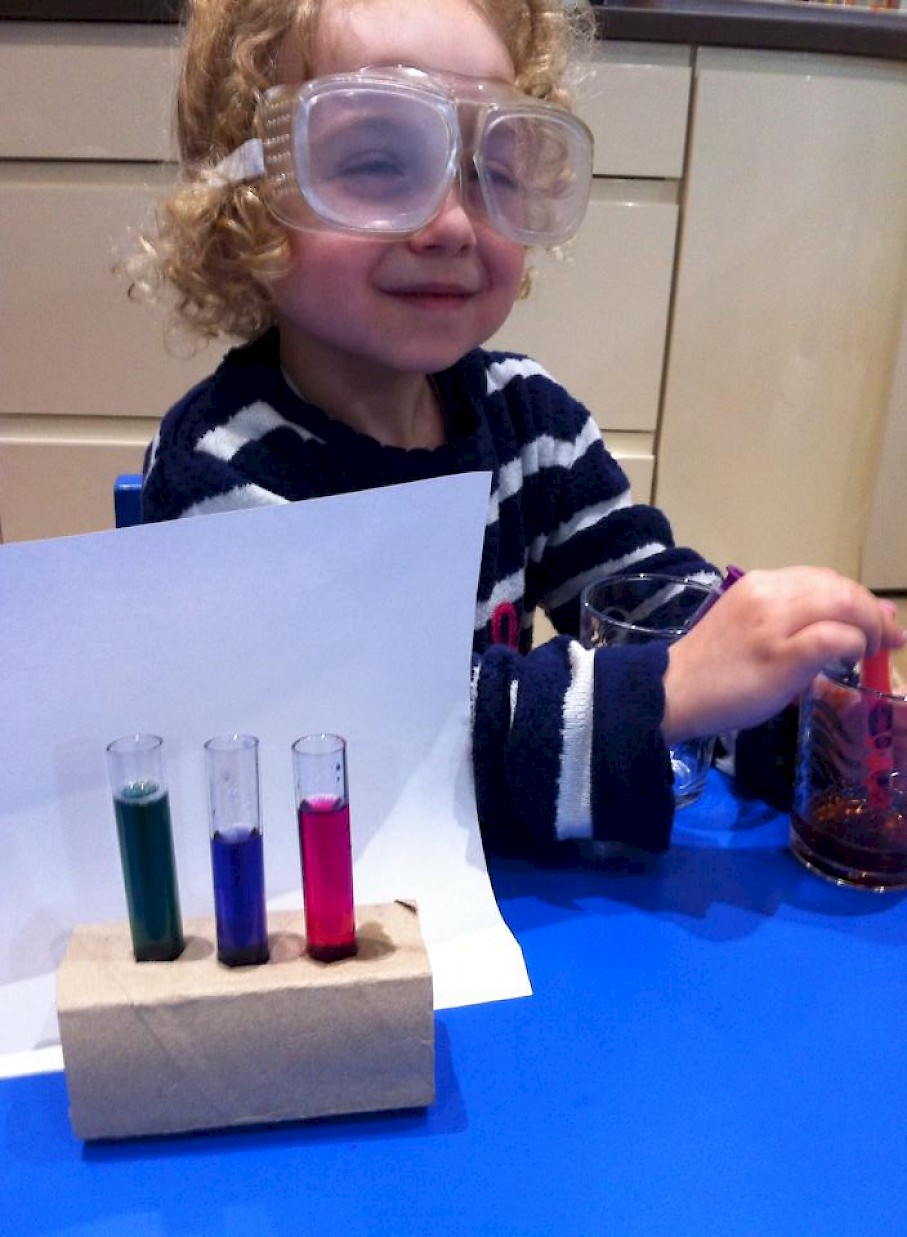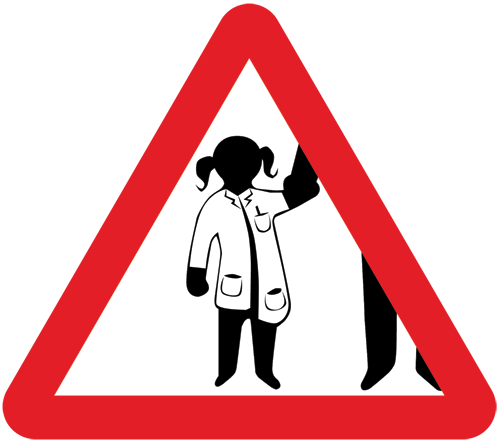Homemade Universal Indicator

Different stuff around us (and in us!) tends to be acidic, neutral or basic. In this spectacular colour-changing experiment we're going to make something called universal indicator and test a few liquids for their pH, which is a measure of acidity.
Preparation
First of all we need to make our universal indicator. You will need an adult to help and you'll need to be patient, it takes a while. Why not try some other experiment while your indicator solution is cooling down?
- Chop or grate a fresh red cabbage and put the pieces into a clean saucepan.
- Fill the saucepan with fresh water so that it just covers the red cabbage.
- Bring the water to a simmer for about 10 minutes - the water will take on a deep purple hue from the cabbage. This step stinks of boiled cabbage!
- Take the pan off the heat and set aside for a few hours to cool fully.
- Using a colander and funnel, fill some clean jars with the water solution.
- You can eat, compost or throw away the leftover cabbage.
Experiment
- Put some indicator solution into some test tubes, shallow white cups or bowls, or white saucers.
- With one of them do nothing, this will be your reference colour.
- With one, drop a few drops of lemon juice in and give it a swirl. It will go bright pink!
- With another, drop a few drops of baking soda solution in and swirl it. It will go deep blue!
- With a third, add a little water. No colour change!
- Test your other liquids and observe the colour changes, if any.
So what's happening?
When the indicator goes pink or red it indicates that the substance you are testing is acidic, and when it goes blue, green or yellow it indicates that the substance is basic. When the colour stays purple, that substance is neutral.
The colour change is because red cabbage contains a pigment known as anthocyanin.
You don't need to understand this bit to have fun with universal indicator, this is for the more advanced budding scientists. The definition of acidic and basic substances are that when made into a solution with pure water, an acidic solution has more hydrogen ions (H+) and a basic solution has more hydroxide ions (OH-). Neutral substances, such as pure water itself, have an exact balance of H+ and OH- ions, so they are neither acidic nor basic.
What if?
What would happen if you:
- Use litmus paper on the same substances?
- Test a base and then add an acid, or test an acid and then add a base?
